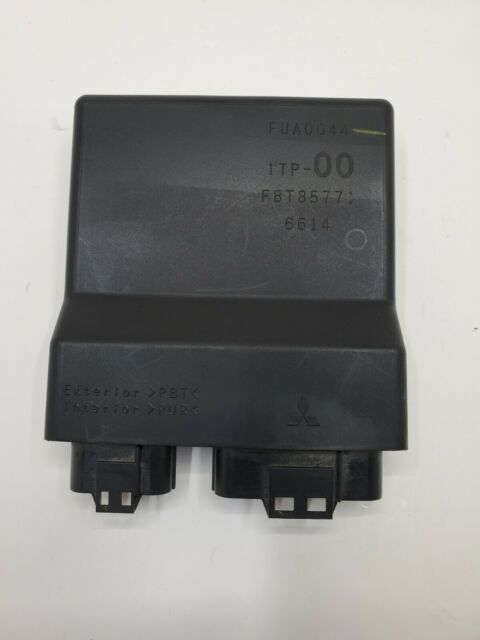

If not unplugged, the O2 sensors will allow closed loop operation to interfere with the custom mapping that we flash into the ECU, and throttle response and/or transition will not be nearly as smooth as it should be! There are some exceptions to this, as some motorcycle models’ closed loop operation can actually be manipulated and/or overwritten with our ECU flash, and some select models actually still function very well with closed loop operation maintained and fully functional for a number of different reasons. Closed loop operation, as explained above, is already sub-optimal for most motorcycle engines from a performance, throttle response and combustion temperature standpoint. Q: Can I leave my O2 sensor(s) in place when I flash my ECU?Ī: In most cases, NO! The O2 sensor(s) should, almost, always be unplugged and closed loop operation disabled. In open loop operation, without the input of the O2 sensor(s), the bike has no way of knowing that it needs to be adjusting fuel delivery for any modifications that you’ve made to the bike! Once your bike’s throttle opening percentage, engine load and/or engine RPM exceeds the closed loop operation parameters (this is usually above only 10-15% throttle and roughly 1/3 of the way through an engine’s RPM range) the O2 sensor input is ignored in what is known as “open loop operation”. Your bike’s O2 sensor(s) are also set to maintain a fixed, lean (14.7:1) air:fuel mixture for emissions purposes, which is not optimal for performance, throttle response, or engine combustion temperatures. Closed loop operation only controls VERY small portions of most motorcycle’s engine throttle, RPM and load range. Most modern motorcycles do utilize at least one O2 sensor that controls what is known as “closed loop operation”. Q: Won’t my bike “self-adjust” for my new intake and/or exhaust system?Ī: Not exactly.

Truly, the better question to ask is why would you NOT want to flash your ECU, remove any emissions restrictions and have custom mapping to match your specific combination of intake and/or exhaust modifications?! Having us flash your ECU with our custom mapping will (to put it simply) significantly improve performance, lower engine operating temperatures, and smooth out both your bike’s throttle response AND on/off throttle transition throughout the entire RPM range! That said, not having appropriate custom mapping for your specific bike and intake/exhaust system can significantly shorten the life of some internal engine components, such as pistons and exhaust valves. For extreme engine tunes we need to have the bike to run on the dyno for logging and custom tuning.A: No, this is America and you can do whatever you want! Usually, flashing your ECU isn’t “necessary” in the sense that NOT doing so will somehow cause immediate and catastrophic damage to your bike. The fueling is set for the modifications that we offer for each stage of tune. In the reflash that we offer for most bikes, everything is included inside and doesn’t need any additional fuel controllers like power commander or bazzaz etc.Īlthough the use of these products will help make the tune perfect for people who require a system that is easily adjustable, they are no longer needed for 90% of our customers This method is better than our competitors because first we understand the exact way the ECU is working, and then we make changes to anything that the engine needs to perform as best as possible.

Then reverse engineer the programming to edit the various functions, and understand the way that the ecu is using them.First we disassemble the ECU and then read the stock OEM programming.
#Ivans performance ecu flash software#
Our shop is not using any commercial available software or hardware, we use and develop our own tools “in-house.” The result is a bike that performs dramatically better in all conditions.

This also changes everything that compromise’s performance & driveability. Our shop is reflashing most types of ECU to remove the restrictions that all the motorcycles have from the factory for emissions control and power limiting.


 0 kommentar(er)
0 kommentar(er)
